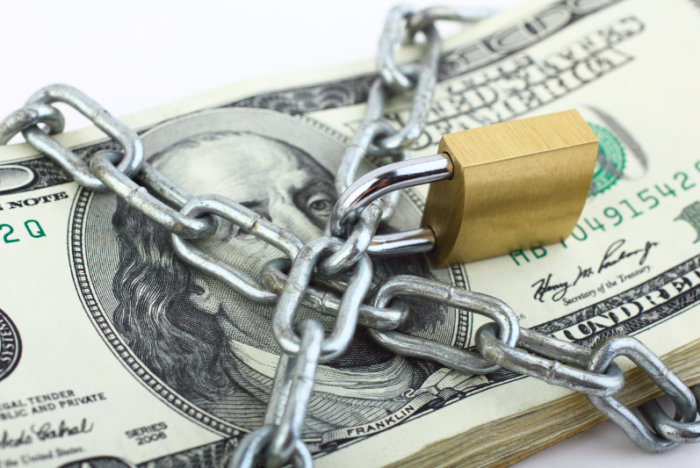
How to Get Paid and Keep Your Money When Your Client is Heading Towards Bankruptcy
One of your best customers is struggling. They may have told you, or their late payment was the indicator. While you’ve afforded them credit and courtesies in the past and continue delivering contracted-for goods and services, you’re getting nervous. It wouldn’t be a shock to soon receive a notice advising that they have filed for bankruptcy protection. Before that happens, you want to ensure you are paid every dime you are owed and do so in a way that doesn’t put those payments at risk of clawback by a bankruptcy trustee.
As I discussed in this previous post, certain payments or exchanges of value made by a debtor in the 90 days before it files a bankruptcy petition could be subject to “preference” actions brought by a trustee during the proceedings. These actions are supposed to level the playing field among similarly situated creditors when one or more of them receives payments from the debtor shortly before the bankruptcy. To ensure that all similarly situated creditors share equally in the pain of the debtor’s bankruptcy, the trustee brings a preference action to claw back recently received funds from the creditor and deposit them into the bankruptcy estate.
Obviously, no business wants to give back the money it has earned and is owed. But that is exactly what can and will happen unless you have a valid defense to a preference claim. One defense involves a “contemporaneous or subsequent exchange for new value” provided by the creditor to the debtor. That is a payment made for something new instead of an existing debt.
If a customer falls behind on payments and cuts you a check for goods already delivered, that payment would be vulnerable to a clawback in a preference action (unless another defense applied). The solution to this problem is a simple one: when you suspect a customer may soon become insolvent and/or headed toward bankruptcy, change your payment terms to “cash on delivery” (COD) or “cash in advance” (CIA) regardless of what your prior arrangement may have been. COD and CIA payments are insulated from preference liability because they are not received “on account of an antecedent debt,” they are received through a “contemporaneous exchange for new value.”
Just be sure that you apply COD or CIA payments to the invoice they are intended to pay, as opposed to some other outstanding invoice. The latter may disrupt another possible defense you may have, the “ordinary course of business” defense. I will discuss practice pointers related to that defense in future installments.
Any creditor with a customer or client that appears to be on the verge of insolvency, or is dealing with an existing or potential preference claim, should consult with an experienced bankruptcy attorney to protect received payments from a trustee’s preference efforts.
